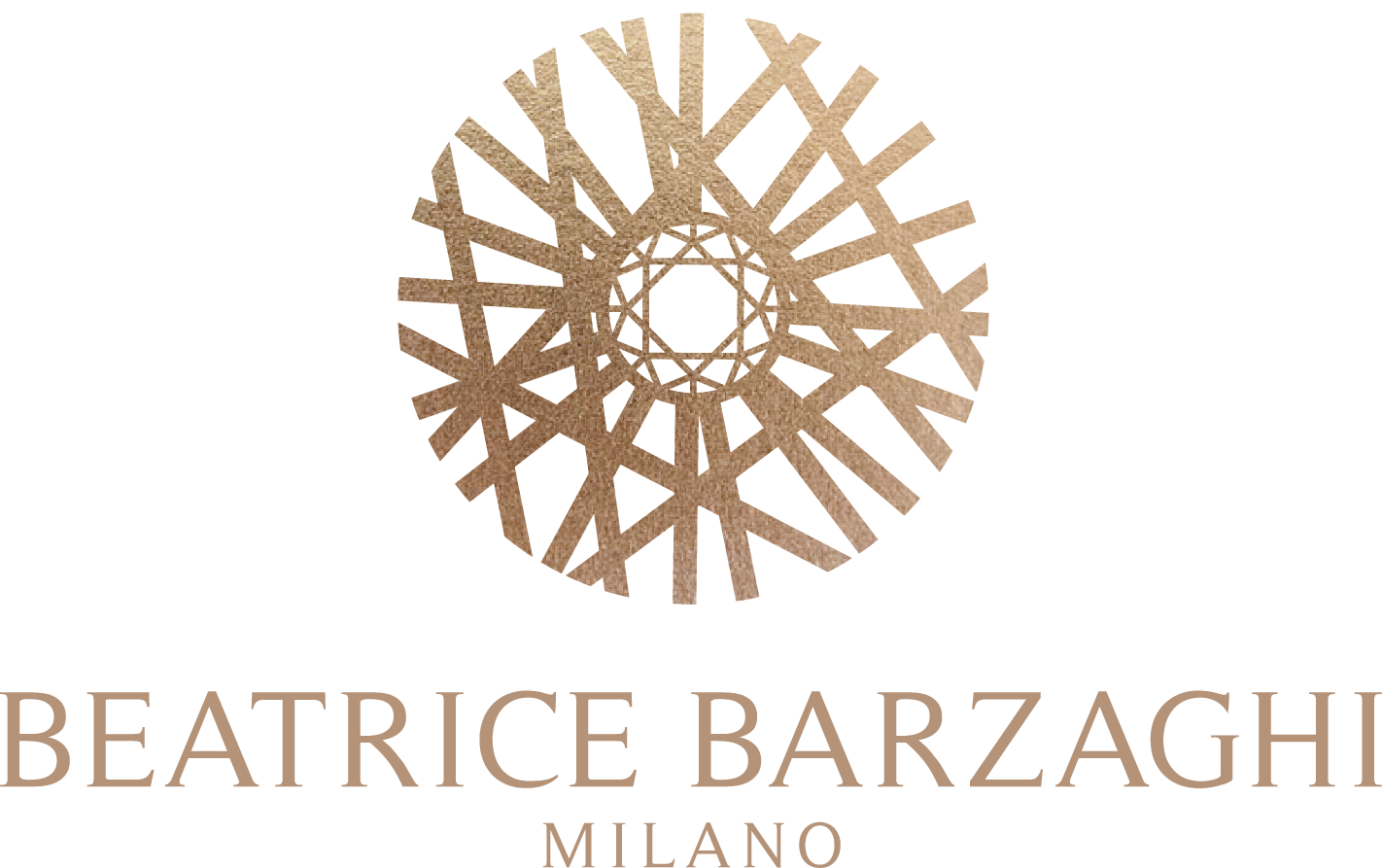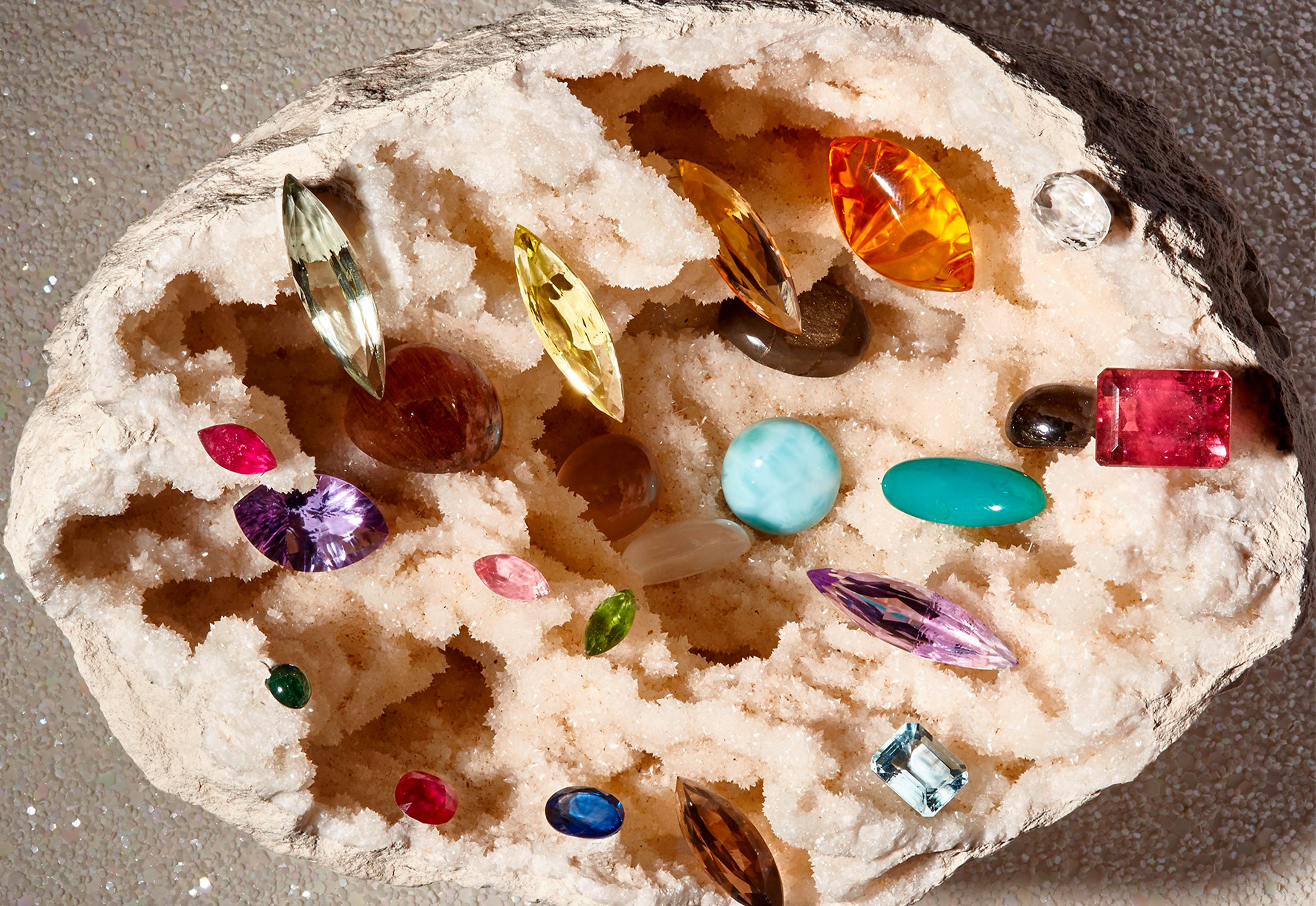
GEMS
Diamonds have been considered precious and a symbol of eternal love for millennia due to their extreme hardness (10 mohs). Their name comes from the Greek word “Adamas” which means indomitable, invincible and indestructible.
For a long time, they had been mounted on jewelry in their original crystalline form, the octahedron.
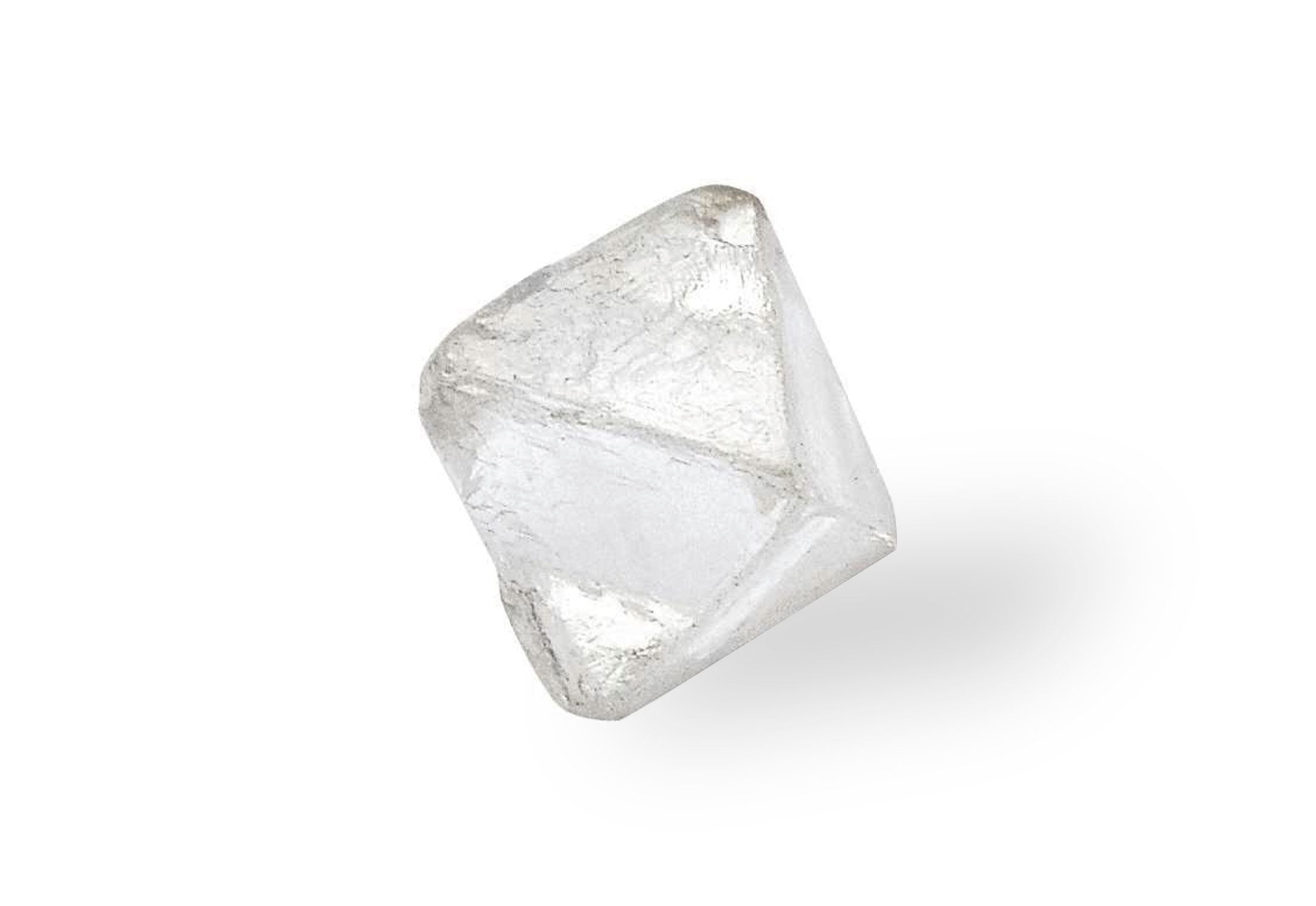
Diamond in the perfect crystalline form of the octahedron, photo by Rivista Gemmologica Italiana.
The Cardinal Mazarin was the first to develop cutting and polishing techniques. The cleavage planes (planes of weak bonds between the hydrogen atoms) were discovered
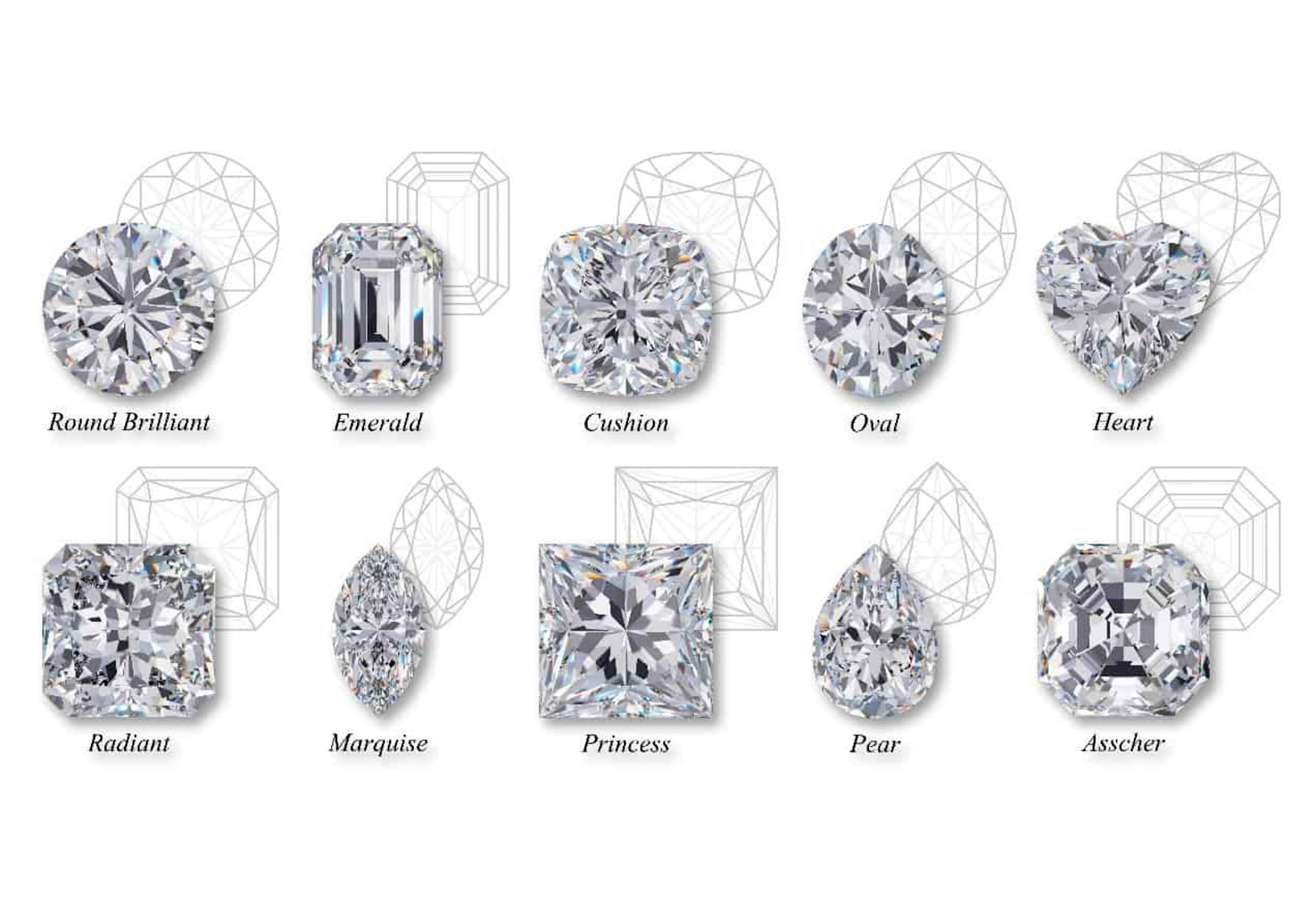
Types of diamond cut.
and since then the cutting and polishing are carried out with discs covered with diamond dust.

Diamond cutting, photo by GIA.
Since the creation of De Beers by the astute Cecil Rhodes,

Portrait of Cecil Rhodes, the first monopolist of the diamond market and founder of De Beers, photo by Wikipedia.
the price of diamond has been stabilized (albeit in alternating phases) by the creation of a monopoly and then an oligopoly. Although there is no shortage of ‘white’ diamonds, their price has been guaranteed to rise slightly for more than a century. The price regulation mechanism consists of the collection of rough from the generality of mines and its contingent release onto the market by a single company (now called) DTC Diamond Trading Company of De Beers through a limited number of 93 retailers called “Sightholders“. During my studies in New York at the GIA, I had the opportunity to meet the owners of two sightholders.
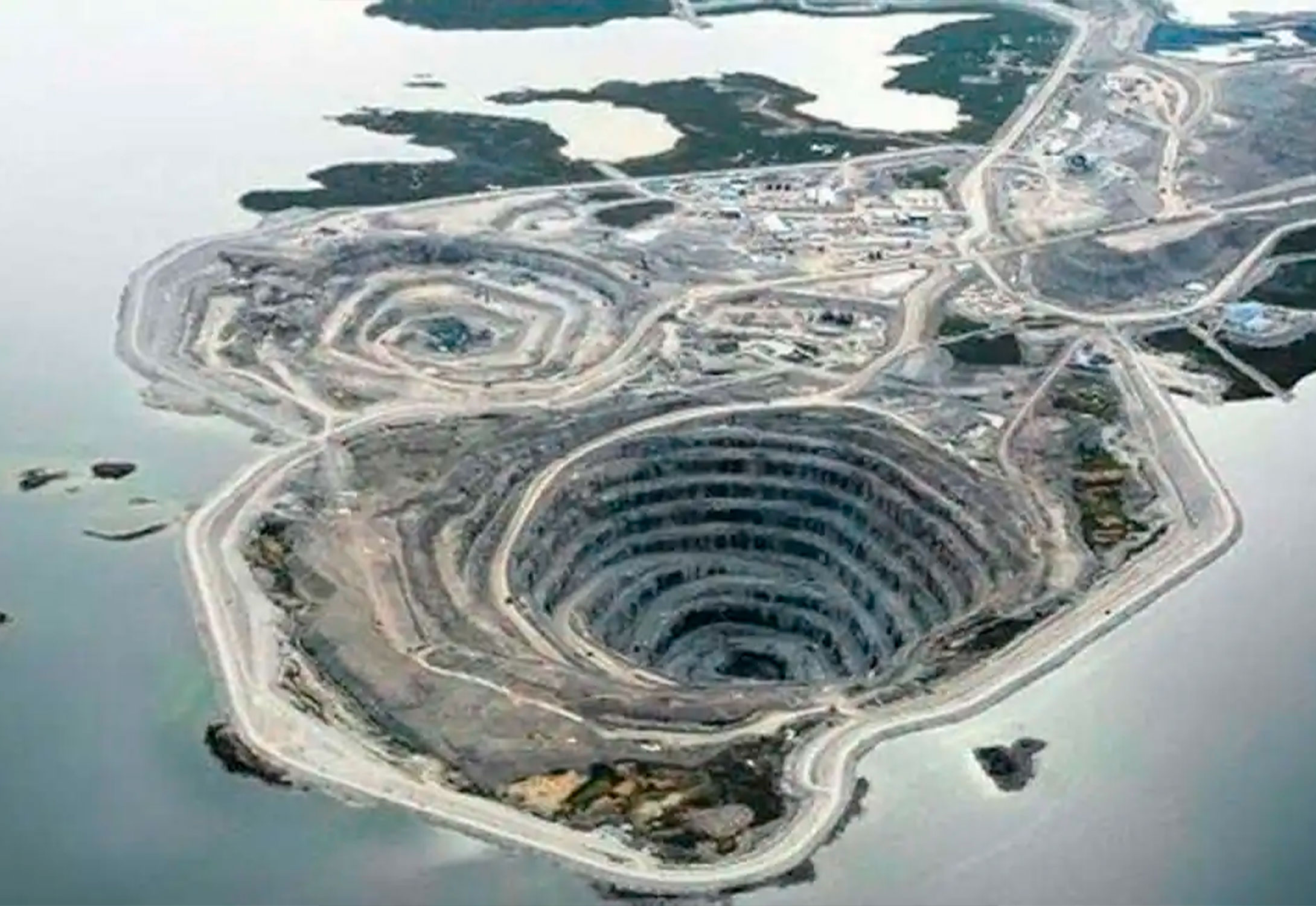
The Diavik diamond mine, located in Canada, photo by La Stampa.
The Gemological Institute of America (GIA), where I trained, is the first institute to have scientifically and systematically graded the quality of diamonds. Such classification is accepted worldwide as the most authoritative.
The result of this classification are the famous 4 Cs, which are the criteria used to define the characteristics of a diamond: Cut, Clarity, Carat and Color.
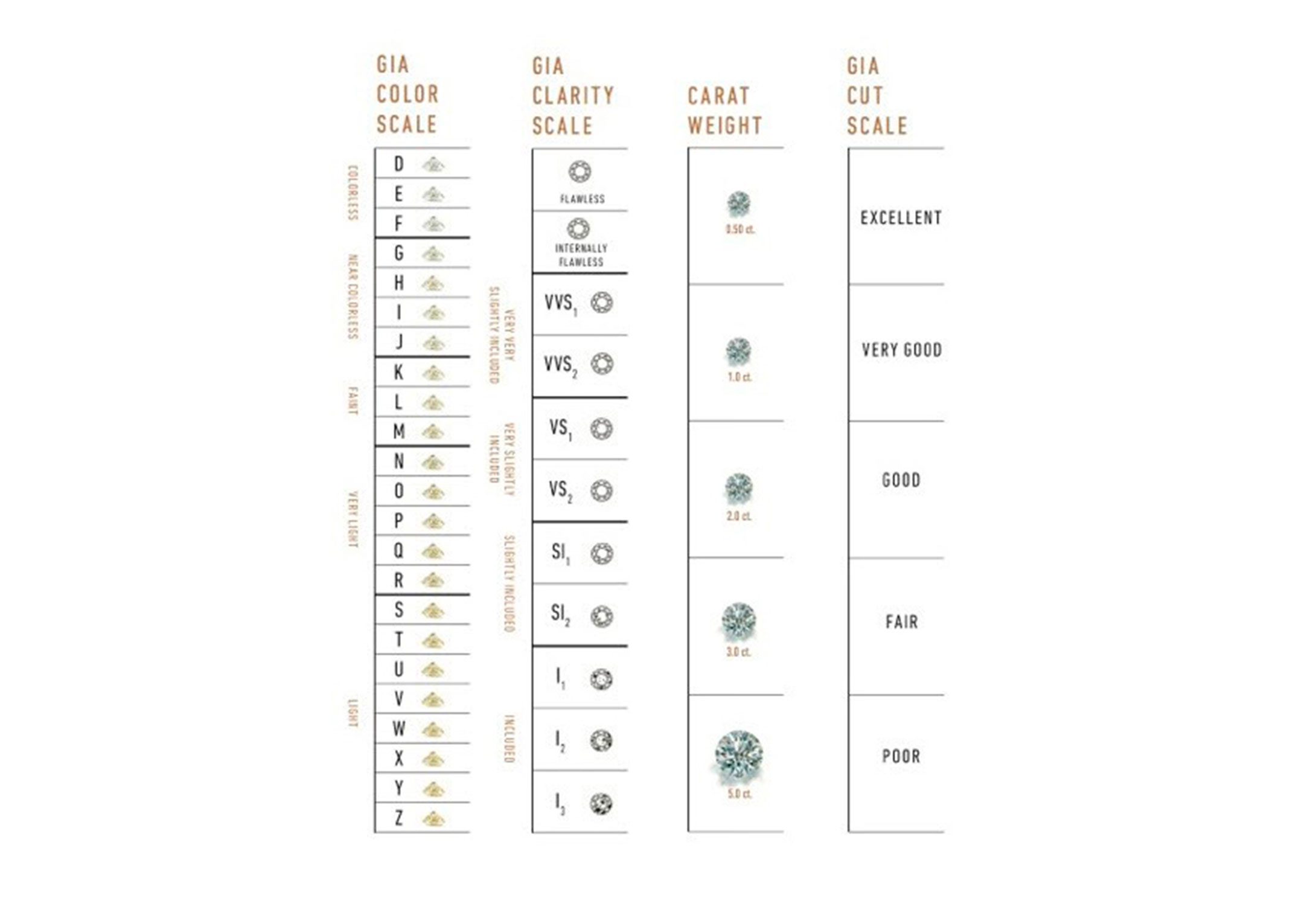
GIA photo, photo 4C
Fancy Colored Diamonds are a fascinating world apart. Because of their extreme rarity, they have long been unknown to most people; they were almost exclusively included in the jewelry collections of royal houses. Only in the 1970s, with the discovery of the Argyle Mine in Australia, was the market for fancy colored diamonds born. This mine, which was forced to close on November 3, 2020 due to rising production costs, produced 97% of the world’s fancy colored diamonds for over 40 years, which is less than 0.03% of the diamonds produced by the mine. Over the last five years, the value of these gems has increased by 20/30% per year. After the closure of the mine the prices skyrocketed. During my studies in New York I had the opportunity to meet one of the most famous fancy colored diamonds dealer in the world.
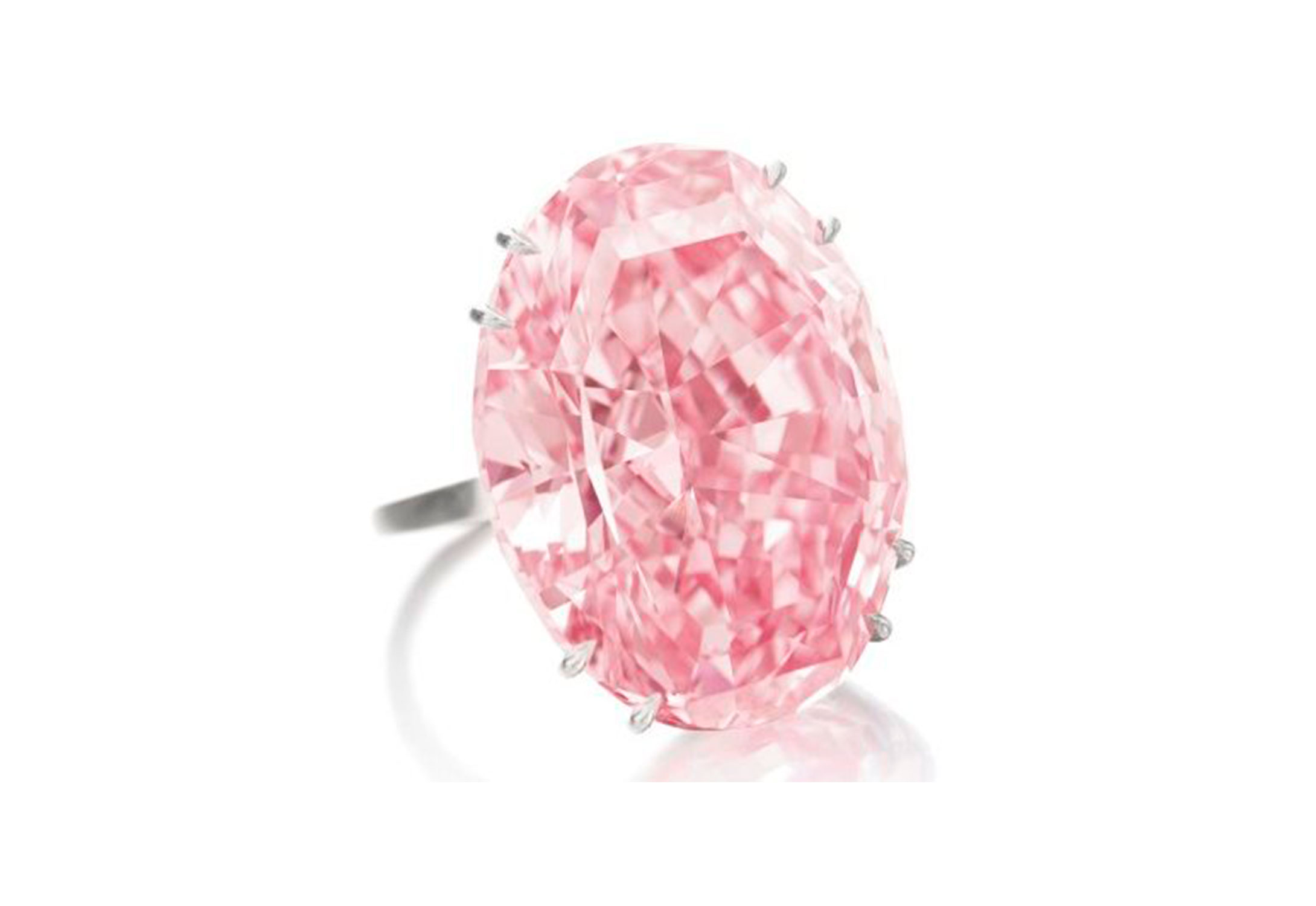
Pink Star Diamond, pink diamond; image owned by Art Market Monitor.
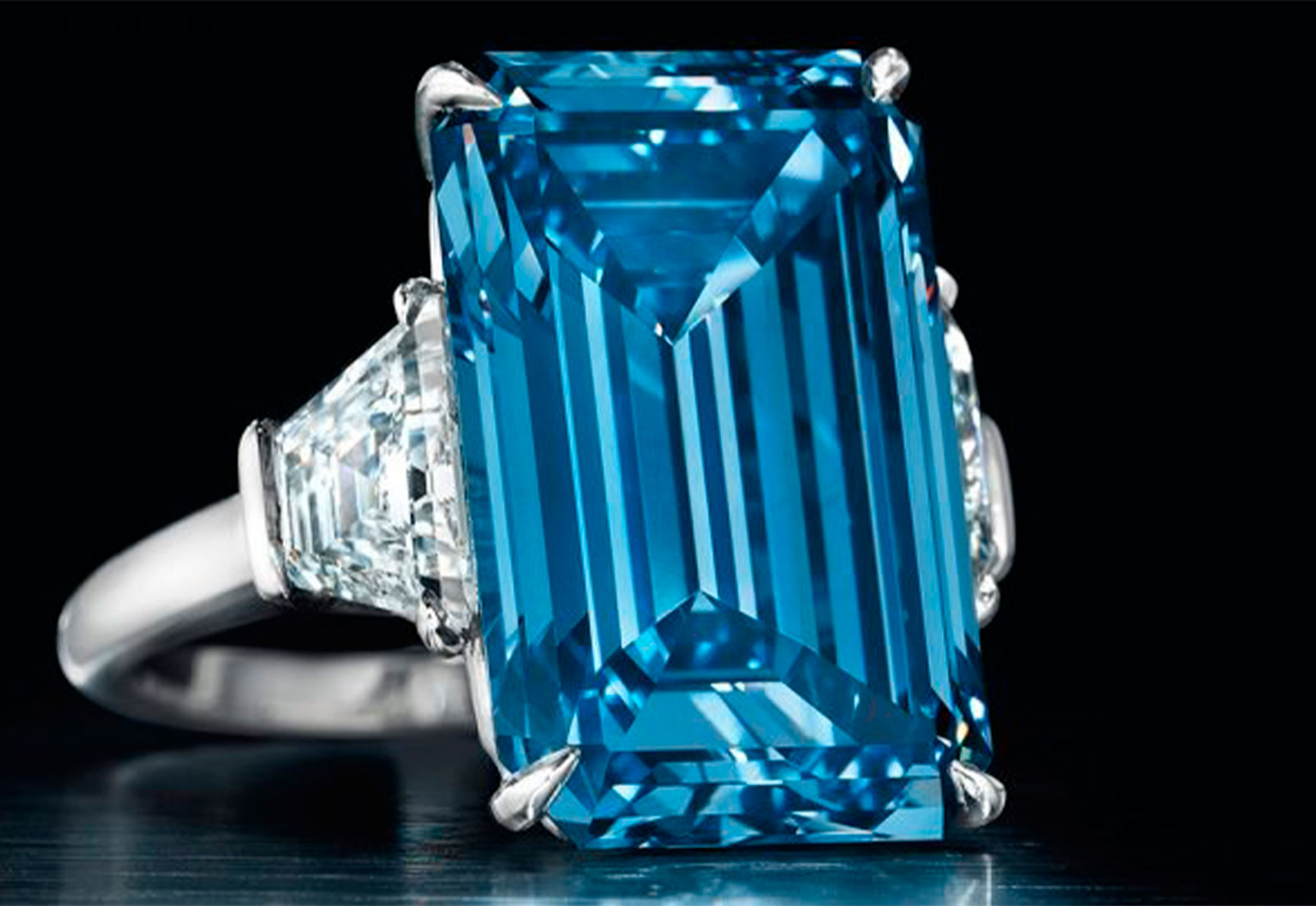
Oppenheimer fancy vivid blue diamond, picture by Alain Truong.
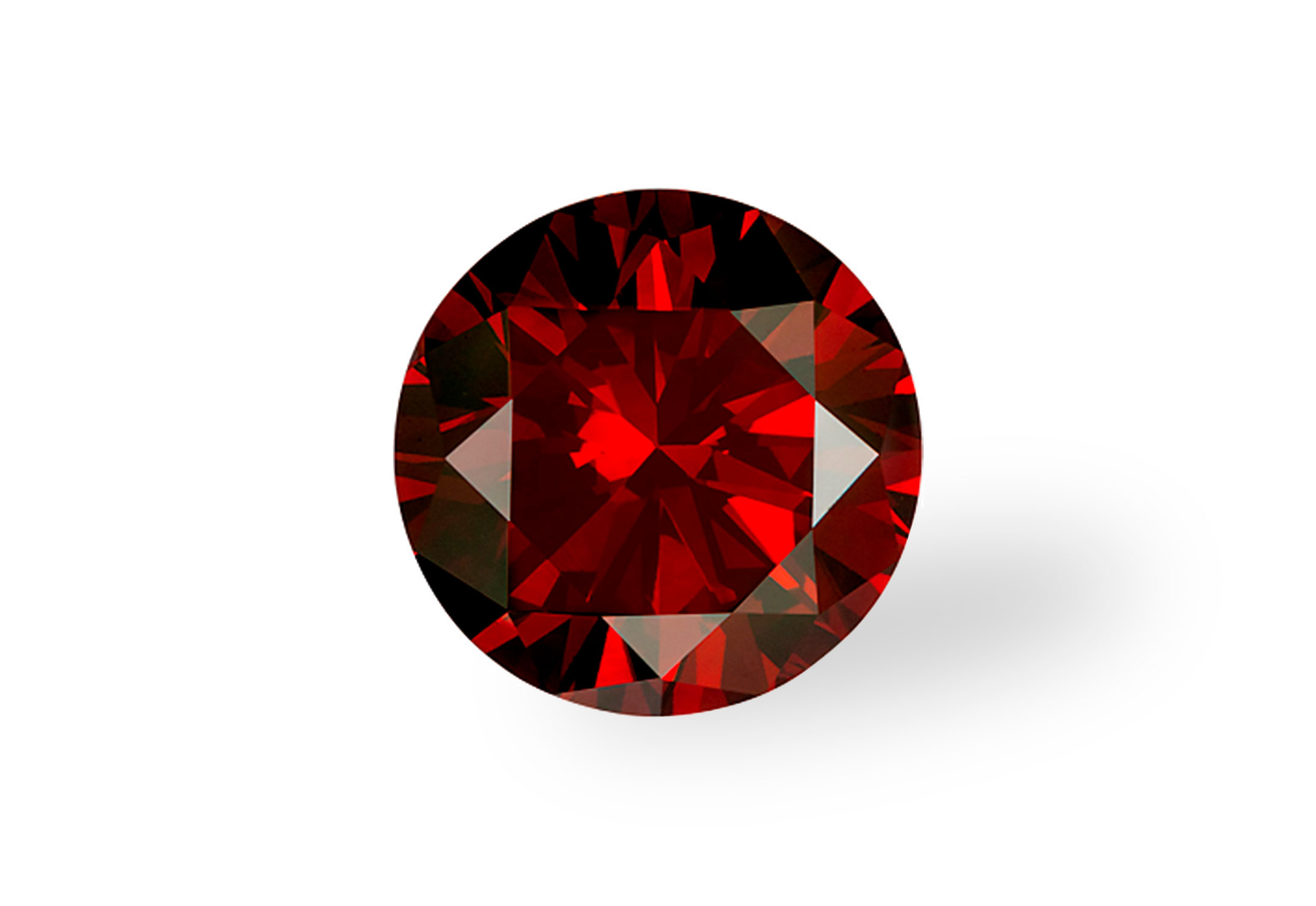
Red diamond.
White diamonds can be considered a good investment in the long term because of the oligopolistic regulation of the market.
I am very passionate about finding the right stone for each customer. One criterion I can’t disregard when looking for a diamond is the quality of the cut, which has a fundamental impact on the brilliance and therefore on the amount of light that is returned to the eye; all the other characteristics must be evaluated according to the buyer’s inclination. Given the cut, I proceed to select a series of alternative stones by characteristics in order to best identify the customer’s propensity.
Colored stones are endowed with an age-old fascination. The best known on the Italian market are rubies, sapphires and emeralds; however there are numerous varieties of stones not known to most people but endowed with immeasurable charm and properties.
Since ancient times, colored stones were almost exclusively polished, and only later they were cabochon-cut
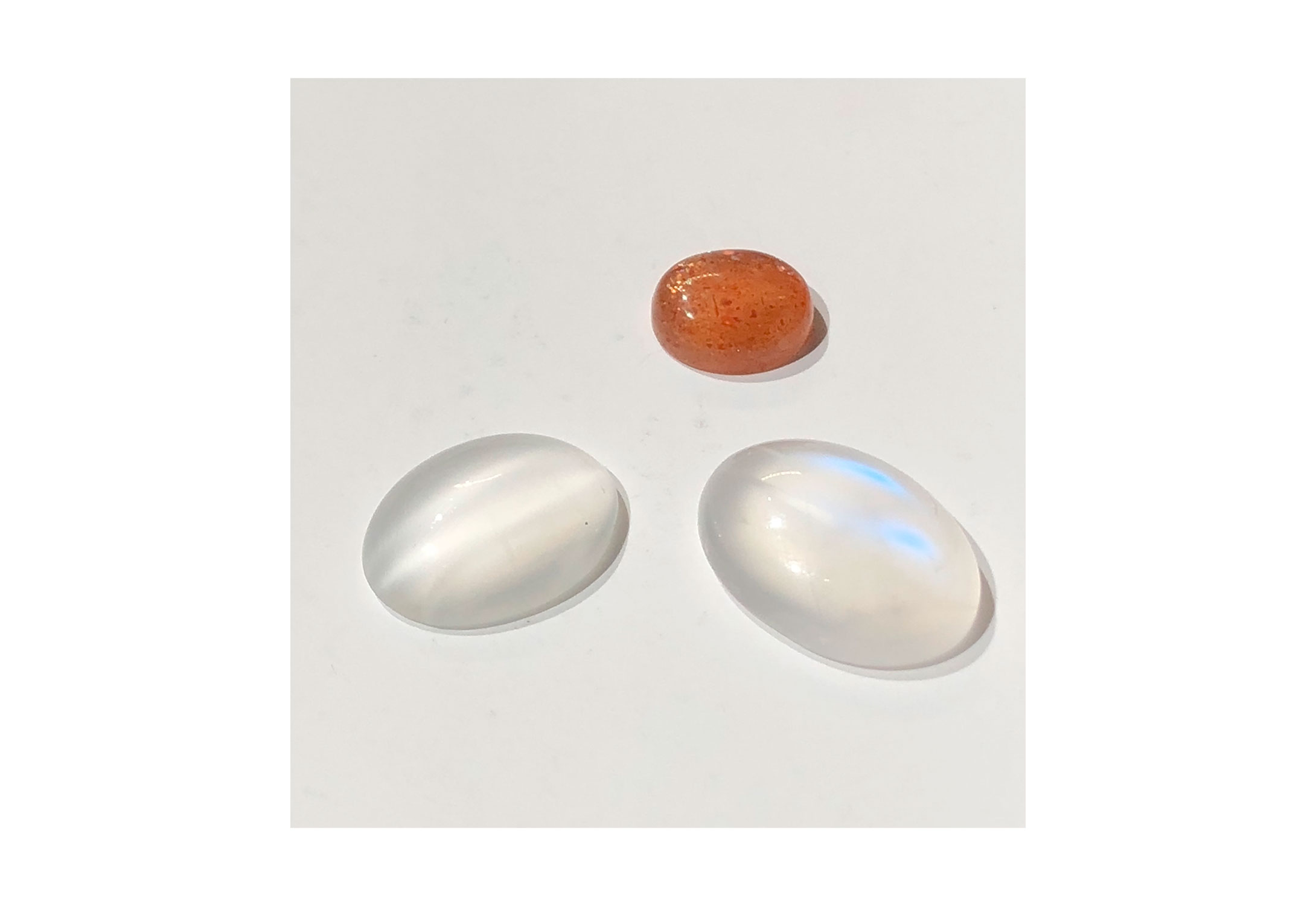
Moonstone, sunstone, labradorite cabochon-cut.
and then faceted and fancy-cut (procedure mastered by the German cutters from Idar-Oberstein).
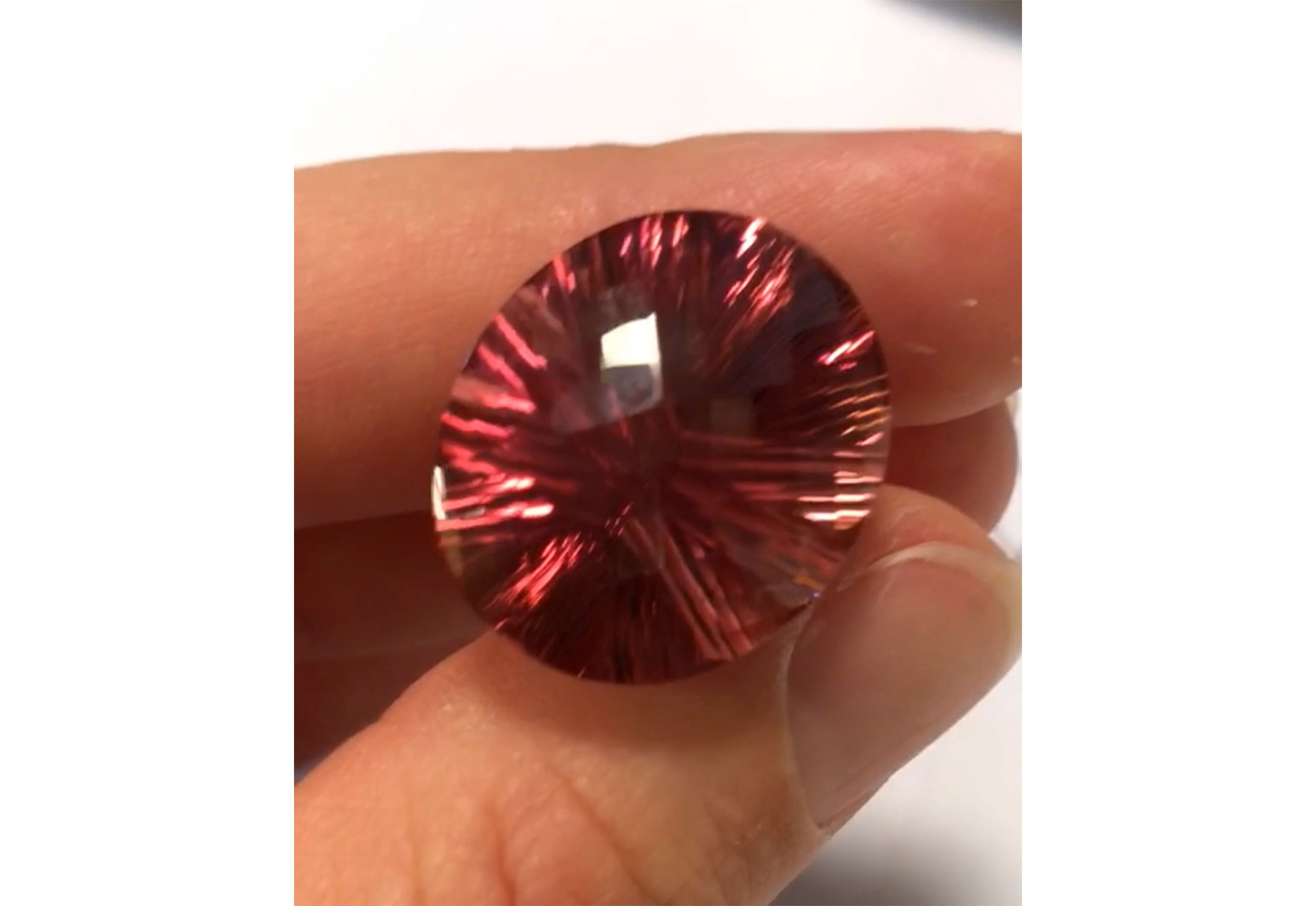
Rubellite with a fancy cut made at Idar-Oberstein.
There are different crystal systems representing the internal atomic order of stones; several characteristics depend on this structure, including the way the gems interact with light (dichroism, trichroism, birefringence, monorefringence).
The formation path of the stones is reflected by the characteristic inclusions visible inside them. Some particular inclusions can increase the value of some stones, such as pony tail in demantoid garnet,
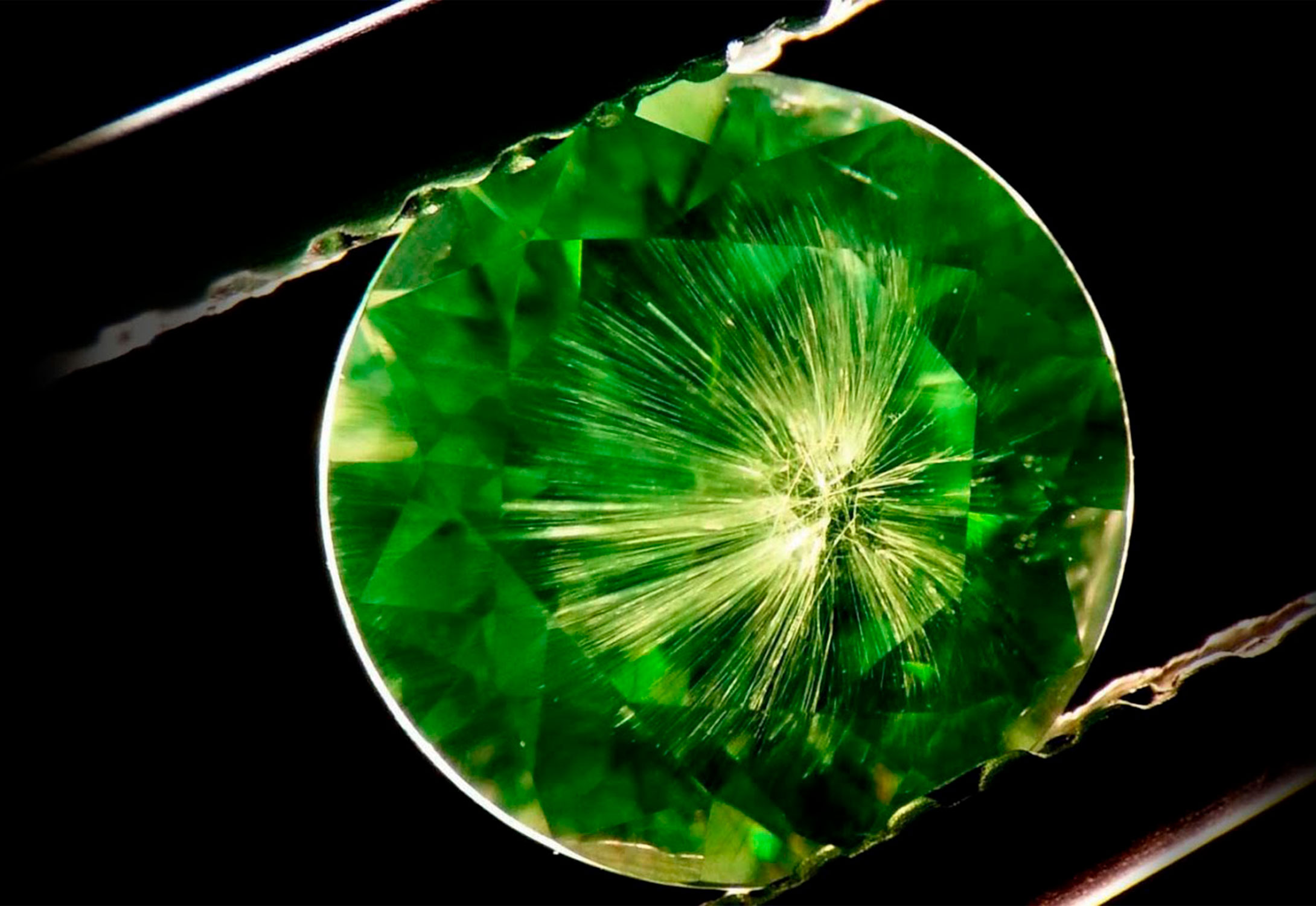
A splendid specimen of demantoid garnet in which the precious inclusion called pony tail is visible, picture by Gemcamp gemologist.
silk in Kashmir sapphire,

An enlarged image of the precious inclusion called silk, typical of unheated sapphires, in particular those from Kashmir; picture by GIA.
lack of iron in the Spessartite Garnet,
stars with peculiar clarity and definition in star sapphires.
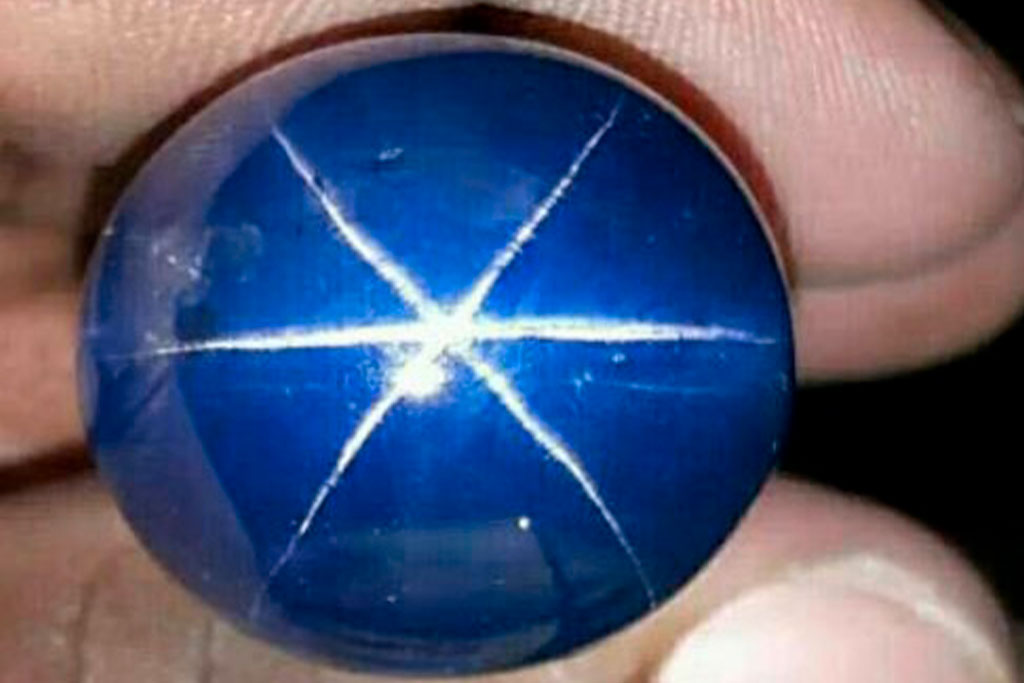
Star Sapphire from Sri Lanka with an amazing star inclusion.
The market for colored stones is much more floating and variable than that of diamonds. There is no form of regulation or coordination of the market (except for tanzanite) and its development depends on the opening and exhaustion of small mines which are still often managed in a primitive way. The quantity of rough gems flowing onto the market is totally uncontrolled and unpredictable. The rarity of a stone determines the increase in its price.
The fundamental criterion for evaluating a colored stone is precisely its color, then its clarity, its cut, its weight, and origin of the gem itself, which is also fundamental. With regard to weight, it is interesting to know that some stones, such as rubies, very rarely exceed a certain size and therefore a certain weight. For this reason, the price of a ruby rises more than proportionally if it is heavier than 2 and then 4 carats. It is also very difficult to find tsavorites heavier than 2 carats.
As far as provenance is concerned, for example, rubies from Burma are much more valuable than those from anywhere else.
Many institutions provide certification for colored stones. Although the GIA is making a great effort to classify color, there is no universally accepted certification as a standard. The world-wide recognized certificates are generally those issued by gemological laboratories of international importance such as GIA, Gubelin, SSF, SRF.
It is exciting to research objects of fascination and power such as colored gems, but, given their great variety and the many treatments they have undergone since ancient times, one must always proceed with great caution. My research proceeds at mines whose owners I know from my studies at the GIA in London and at trusted.
A fundamental part of my research is to investigate the energetic power of the stone and subsequently its effect on the recipient of the stone.
I developed this particular sensitivity over time and as a result of continuous contact with gems and people.
